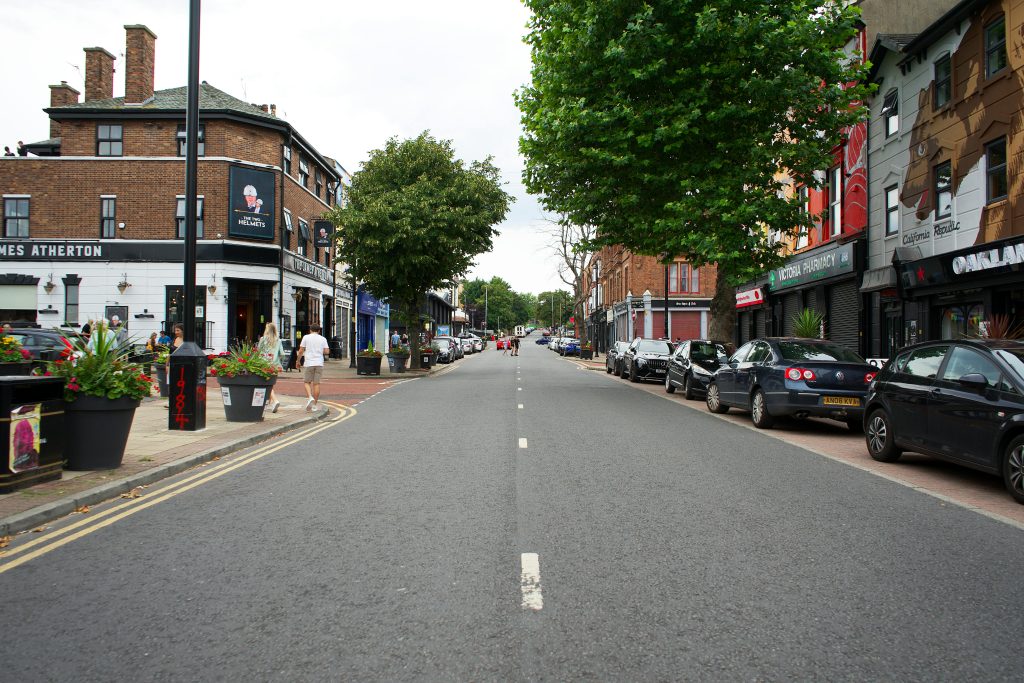Introduction
In today’s digital-first world, your business’s visibility online can make or break your local success. Whether you’re a café, clinic, or contractor, Local SEO helps your business appear in front of people searching nearby. With more consumers using “near me” queries and local intent-driven searches, ranking well in local search results isn’t optional—it’s essential.
At Australian Backlinks, we help businesses strengthen their local online presence through proven strategies. In this guide, we’ll walk you through the top tips for success in Local SEO—so your business gets found by the right people, in the right place, at the right time.
1. Optimise Your Google Business Profile (GBP)
Your Google Business Profile (formerly Google My Business) is the cornerstone of Local SEO.

Key steps:
- Fill out every section: business name, categories, description, hours, services, etc.
- Add high-quality photos of your location, team, and offerings
- Use your target keywords in the business description (naturally)
- Post weekly updates, promotions, or FAQs to stay active
- Keep hours accurate—especially during holidays or special events
A complete, active GBP boosts visibility on both Google Maps and local search results.
2. Use Consistent NAP Details Across the Web
NAP stands for Name, Address, and Phone number. Consistency is crucial for local credibility.
Do this:
- Ensure NAP is identical on your website, Google Business Profile, directories, and social media
- Use a local phone number (not a call centre or 1300/1800 number if possible)
- Include your NAP in the footer of your website and on a dedicated “Contact” page
Search engines use this consistency to verify your legitimacy and trustworthiness.
3. Target Local Keywords and Location Modifiers
Ranking locally means targeting keywords that match how people search in your area.
Examples:
- “Plumber in Newcastle”
- “Best Thai restaurant Melbourne CBD”
- “Brisbane wedding photographer”
Use these phrases:
- In page titles and meta descriptions
- In H1 and H2 headings
- Within your on-page copy
- In image alt text
- In your internal linking structure
Local intent keywords help your business show up when and where it matters most.
4. Build Local Backlinks from Trusted Sources
Links from local, relevant websites boost your authority and local rankings.

How to earn local backlinks:
- Join local business chambers, associations, or directories
- Sponsor community events or sports teams (and get a link on their site)
- Contribute guest posts to local blogs or news sites
- Partner with complementary local businesses for cross-promotion
At Australian Backlinks, we specialise in building high-quality local backlinks that strengthen domain authority and drive geo-targeted traffic.
5. Encourage and Respond to Reviews
Online reviews are critical for both SEO and customer trust.
Best practices:
- Ask happy customers to leave a Google review (via SMS, email, or at point-of-sale)
- Reply to all reviews—positive or negative—with professionalism
- Include keywords and location references in your replies (e.g., “Thanks for visiting our Sydney salon…”)
Reviews increase engagement and signal local relevance to search engines.
6. Create Location-Specific Landing Pages
If you serve multiple suburbs or cities, create dedicated landing pages for each one.
Each page should:
- Include the target suburb or city in headings, titles, and content
- Highlight services offered in that area
- Feature local testimonials or case studies
- Include a Google Map embed and local contact info
Avoid duplicating content—make each page unique, useful, and geo-relevant.
7. Add Schema Markup for Local Businesses
Schema helps search engines understand your business details and can enhance your listings with rich snippets.

Use LocalBusiness schema to mark up:
- Business name, address, and phone
- Opening hours
- Services and pricing
- Customer reviews
- Geo-coordinates and business type
Use Google’s Rich Results Test to check your implementation.
8. Optimise for Mobile and Page Speed
Local searches are often done on-the-go. A fast, mobile-friendly site improves both UX and rankings.
Make sure your site:
- Loads in under 3 seconds
- Has responsive design for all screen sizes
- Uses large, readable fonts and tap-friendly buttons
- Features click-to-call buttons and simplified navigation
Page speed and usability are key ranking factors for both local SEO and general performance.
9. Leverage Local Citations and Directories
Local directories help validate your presence and drive referral traffic.
Top Australian citation sites:
- Yellow Pages
- TrueLocal
- Yelp Australia
- Hotfrog
- StartLocal
- LocalSearch
Submit your business manually or use a citation management tool to avoid duplicates and errors.
10. Track, Analyse, and Adjust Regularly
You can’t grow what you don’t track. Measure your Local SEO efforts consistently.

Use:
- Google Business Profile Insights (views, searches, actions)
- Google Analytics (location-based traffic)
- Google Search Console (local keyword impressions and clicks)
- Local rank tracking tools like BrightLocal or Whitespark
Adapt your strategy based on what’s working—and what’s not.
Conclusion
Local SEO is one of the most cost-effective ways to get in front of nearby customers when they need you most. With the right tactics—optimised listings, targeted content, consistent NAP, and quality local backlinks—you can dominate the local pack, outperform your competitors, and grow sustainably.
At Australian Backlinks, we help local businesses turn traffic into footfall. Follow these tips to optimise your online presence, and turn search results into new business opportunities.



